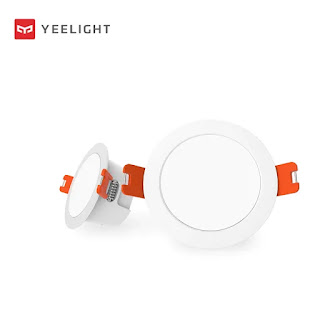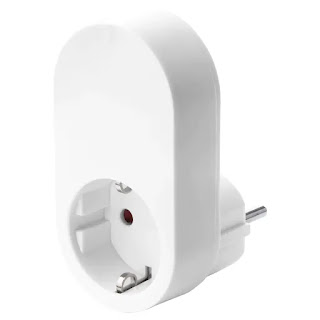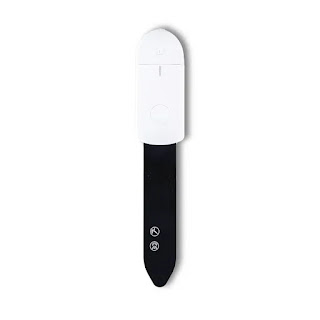Xiaomi Mijia door- and window Sensor 2

Product code: MCCGQ02HL Dimensions: 34.0 x 32.7 x 14.5mm Operation temperature: -10C ~ 50C 0%-95%RH Connection: Bluetooth 5.1BLE Battery: CR2032 This new Mi sensor is a bit different than the older Mi door and window sensor. In the first appearance you can see that it is a bit bigger. There are a few reasons for that: one is that it uses a more available battery: CR2032 and not the CR1632 in the older version. The other reason is that it also has a light sensor where it can detect bright and dim situations. The old version connects through Zigbee while this one connects through Bluetooth Low Energy. To use this in your home automation setup you will need a Bluetooth enabled hub like the newer Mi home hub 3 (ZNDMWG03LM). It has on top of the normal open/close notifications a couple of schemes like "alert after x seconds open/closed".





